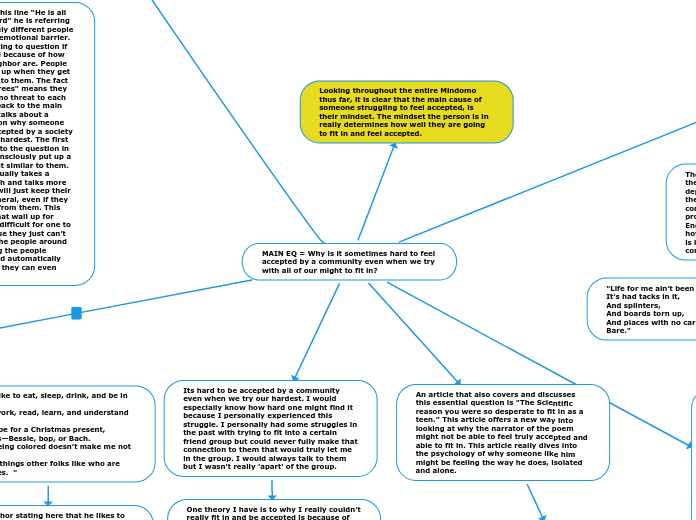da Sara Rivas mancano 4 anni
225
Tree organigram
Children learn language naturally, acquiring the varieties they are exposed to without direct instruction from parents. Both monolingual and bilingual children go through similar stages of language development, absorbing the linguistic systems present in their environment.









